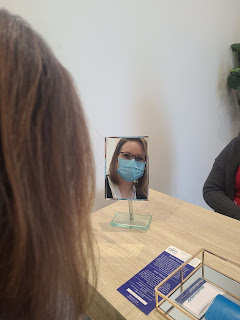What is a QSEHRA?
What does an employer who wants to help their employees with their health insurance, but isn’t quite ready to jump into the group benefits pool just yet, do? Some employers just “wage up” or give a stipend to their employees to help offset the cost of health insurance. In some cases, this may not affect their tax situation. However, in other scenarios, it could have serious consequences on an employee’s eligibility for assistance with their marketplace plan. If an employee receives a stipend of $300/month to help with premium, it looks like their income is higher. But, it’s actually not. That extra $3600 is supposed to be used for medical insurance. QSEHRA The QSEHRA might be a great place to start. QSEHRA stands for Qualified Small Employer Health Reimbursement Arrangement. In a nutshell, it allows you to help your employee with their premium on an individual plan … without compromising their eligibility for a subsidy. How it works As the employer, you need to ...



